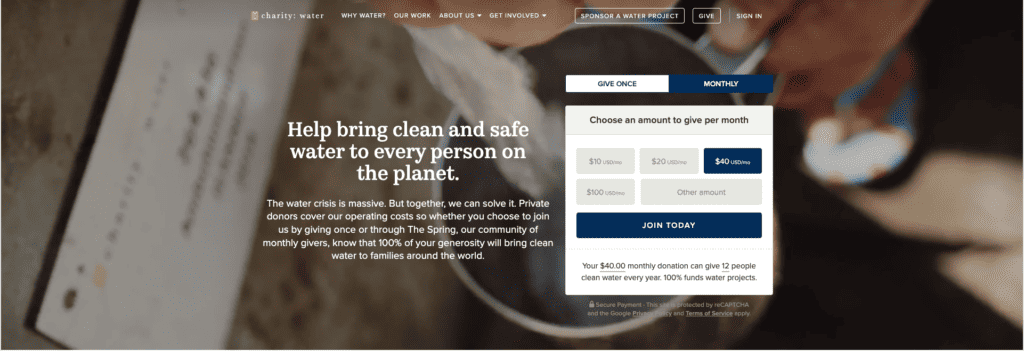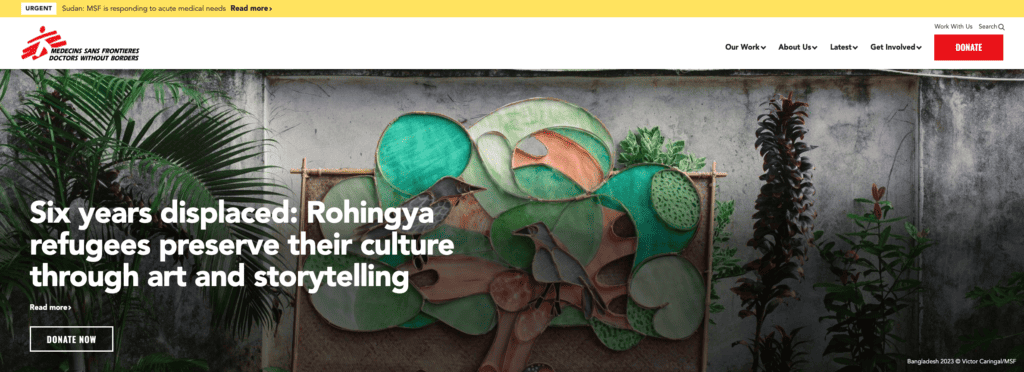Top 6 Digital Marketing Strategies Every Nonprofit Should Implement
Navigating the digital landscape can be a daunting task, but for nonprofits, it’s a crucial one. With limited budgets and resources, it’s essential to maximize every opportunity to engage donors, volunteers, and the community. Here’s a comprehensive guide on digital marketing strategies for nonprofits, complete with real-life examples and actionable tips.
Why Digital Marketing Matters for Nonprofits
Well thought-out and deployed digital marketing strategies offer a cost-effective way to reach a broader audience. For instance, the ALS Ice Bucket Challenge went viral in 2014, raising $115 million in the U.S. alone. This campaign’s success was largely due to its digital marketing strategy, which leveraged social media to engage and mobilize supporters.
1. SEO: The Foundation of Your Digital Presence
Search Engine Optimization (SEO) is vital for increasing your website’s visibility. Organizations like Charity: Water have effectively used SEO to rank high in search results, thereby attracting more visitors and potential donors.
Tip: Use relevant keywords in your website content and meta descriptions. Tools like Google’s Keyword Planner can help you identify high-performing keywords in your sector.

2. Social Media: Building Community and Engagement
Platforms like Facebook, Twitter, and Instagram offer excellent opportunities for nonprofits to build a community. Save the Children frequently uses social media to share impactful stories and updates, which helps them engage with their audience and encourage donations.
Tip: Use a social media calendar to plan your posts in advance and ensure a consistent posting schedule.
3. Email Marketing: Personalized Donor Engagement
Email marketing remains one of the most effective channels for donor engagement. Organizations like World Wildlife Fund (WWF) use segmented email lists to send personalized messages, increasing open rates and donations.
Tip: Use A/B testing to determine which email subject lines, content, and calls-to-action are most effective.
4. Content Marketing: Educate and Inspire
Blogs, videos, and podcasts can serve as valuable educational resources. TED’s nonprofit arm frequently releases inspiring talks that not only educate but also encourage people to take action.
Tip: Create a content calendar and collaborate with experts in your field to produce high-quality, relevant content.
5. Paid Advertising: Maximize ROI
Paid advertising, like Google Ad Grants, can be a game-changer for nonprofits. Doctors Without Borders has successfully used paid ads to drive targeted traffic to their donation pages.
Tip: Use tracking pixels to measure the effectiveness of your ads and adjust your strategy accordingly.

6. Analytics: Measure, Analyze, Optimize
Understanding your metrics is crucial for optimizing your digital marketing efforts. Tools like Google Analytics can provide insights into user behavior, helping you make data-driven decisions.
Tip: Set up conversion goals in Google Analytics to track important actions like donations, newsletter sign-ups, and event registrations.
Conclusion
Digital marketing is no longer optional for nonprofits; it’s a necessity. By implementing these best practices, you can maximize your reach, engage more effectively with your audience, and drive meaningful action. From SEO and social media to email marketing and analytics, each aspect plays a crucial role in your overall strategy. So start optimizing your digital marketing efforts today and make a greater impact tomorrow.







